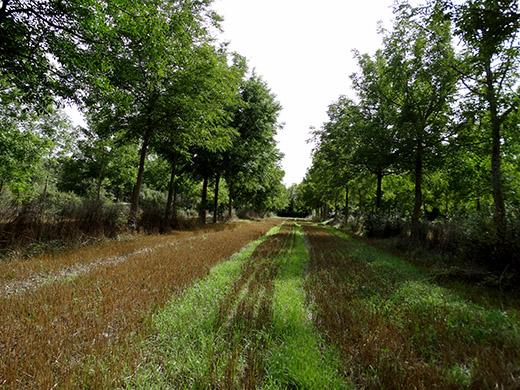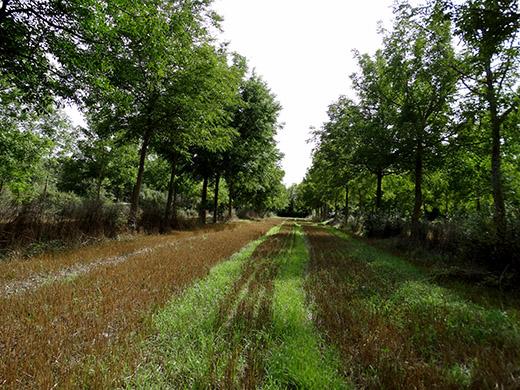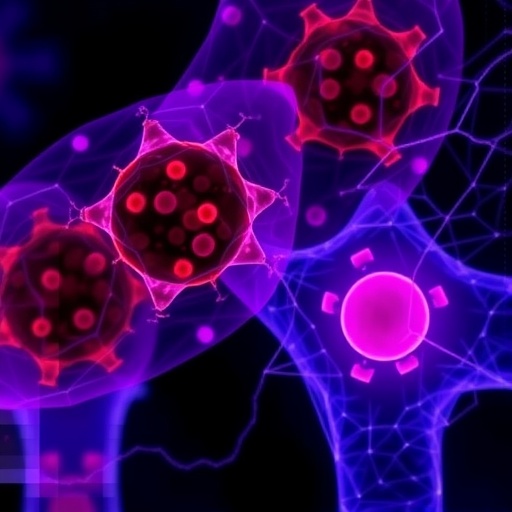
Credit: Sarah Taylor Lovell, University of Illinois
URBANA, Ill. – The USDA National Institute of Food and Agriculture has announced a grant for $460,000 to support research led by University of Illinois scientists Sarah Taylor Lovell, Andrew Margenot, and Alexandra Harmon-Threatt.
Lovell, an agroecologist in the Department of Crop Sciences at U of I, has been investigating the benefits of what she calls multifunctional woody polyculture for years. These are mixtures of woody perennial plants – trees and shrubs – that not only create habitat, regulate nutrient cycles, and hold soil and carbon, but also provide harvestable and profitable edible products.
"You're getting all these benefits, plus the added yield component," she says. "In this project, we're asking whether there's a downside ecologically to choosing this productive type of system instead of traditional species in a Conservation Reserve Program."
Lovell and her co-investigators don't think they'll see a downside, and they're hoping that hard evidence could convince some farmers to adopt the new practice and retain it after their CRP contracts are up. At that point – 10 to 15 years after planting – the trees and shrubs would be producing fruits and nuts, which the farmer could sell for profit.
The team plans to compare existing 2- to 3-year-old woody polyculture systems with CRP windbreak plantings of the same age, and with corn/soybean production systems. They will investigate insect diversity, pollination, and soil physical health in the different systems, and will also estimate fruit/nut yields and carbon sequestration in woody biomass.
"The focus is on soil physical health because a big benefit of CRP – compared to corn/soy – is in mitigating erosion and compaction. Perennial systems might improve soils in ways we don't typically think of," says Margenot, a soil scientist in the U of I crop sciences department. "For example, how well do they capture rainfall as a way to mitigate runoff and to bank groundwater?"
The project, which is funded for four years, will start this summer. Lovell thinks their results will provide practical information for farmers, CRP program administrators, and USDA Farm Service Agency representatives, but she's also hoping the research could inform policy.
"If we can prove there are no downsides to using woody polyculture species in place of the traditional recommended species, maybe this could be a policy change," she says. "You're getting the same conservation benefits. Is there any harm in harvesting fruit and nuts during the contract period, as long as the ecological services are there?"
###
Media Contact
Lauren Quinn
[email protected]
217-300-2435
@ACESIllinois
http://aces.illinois.edu/





